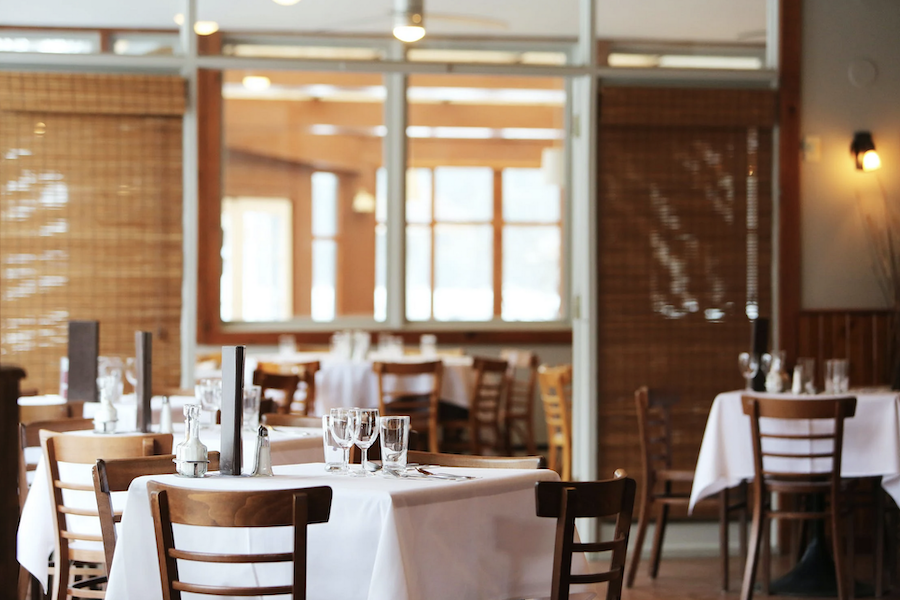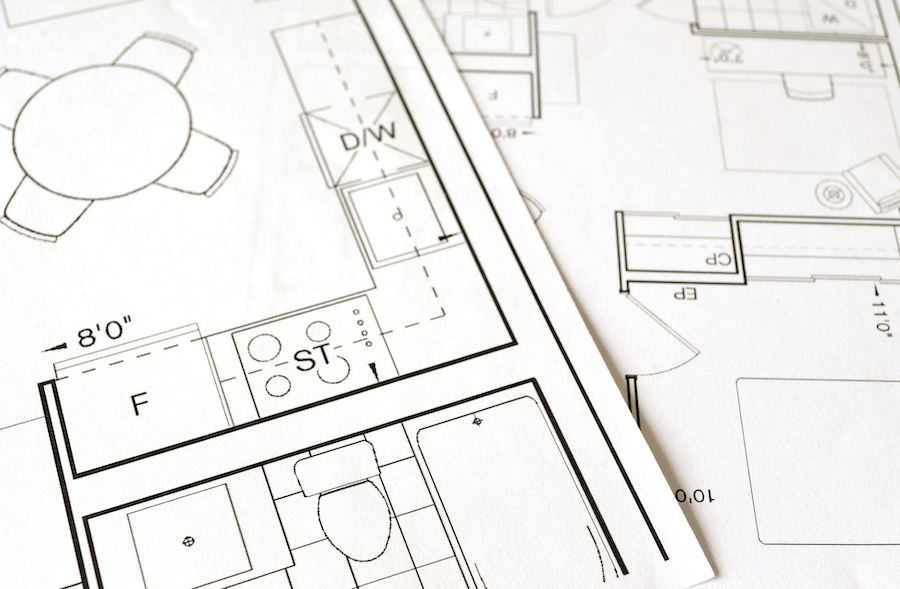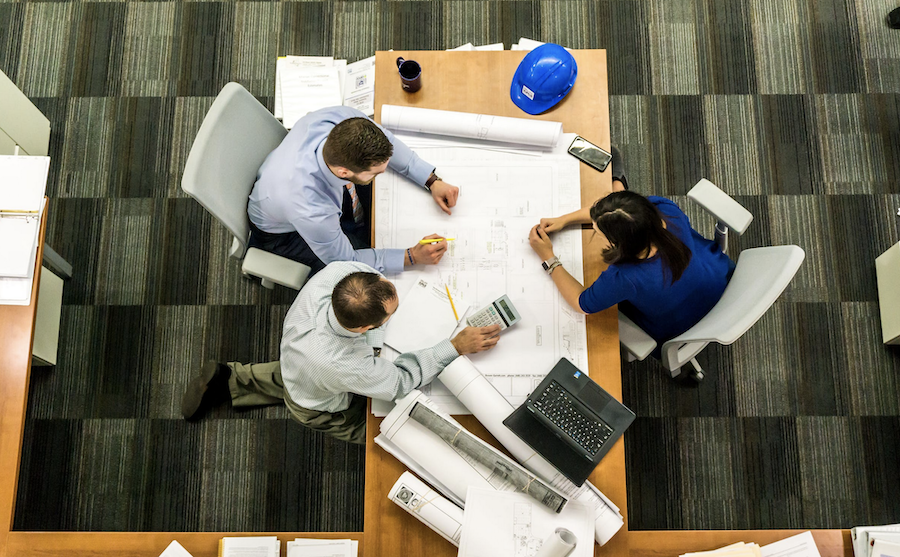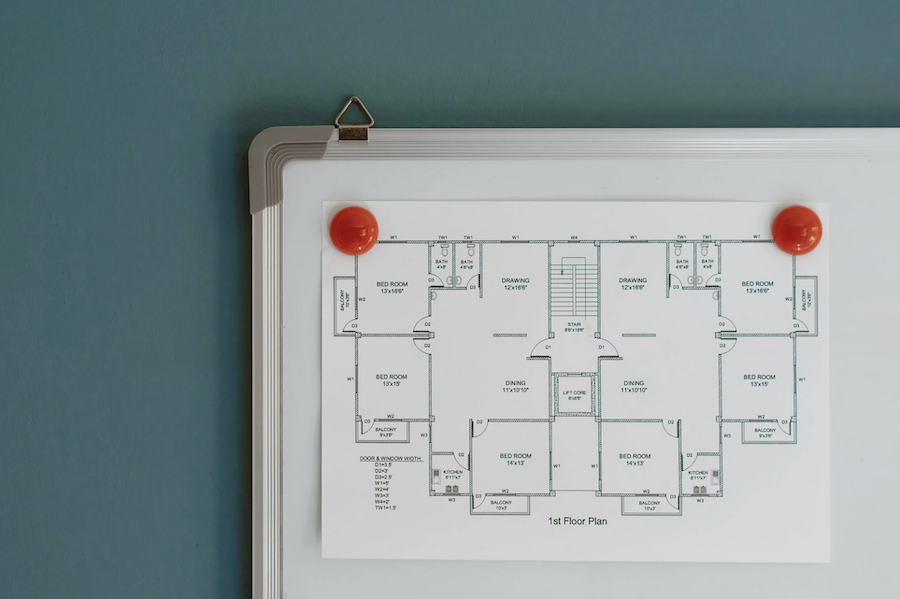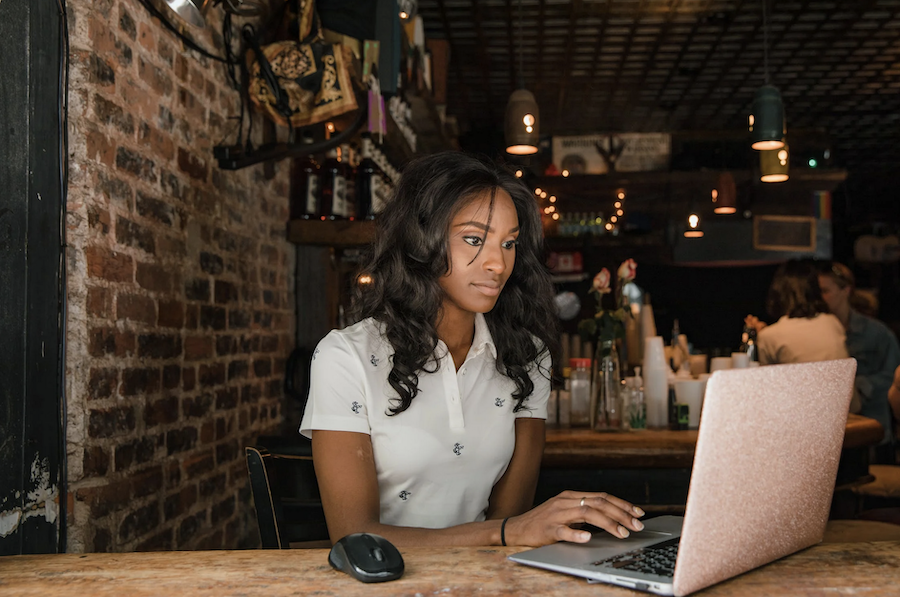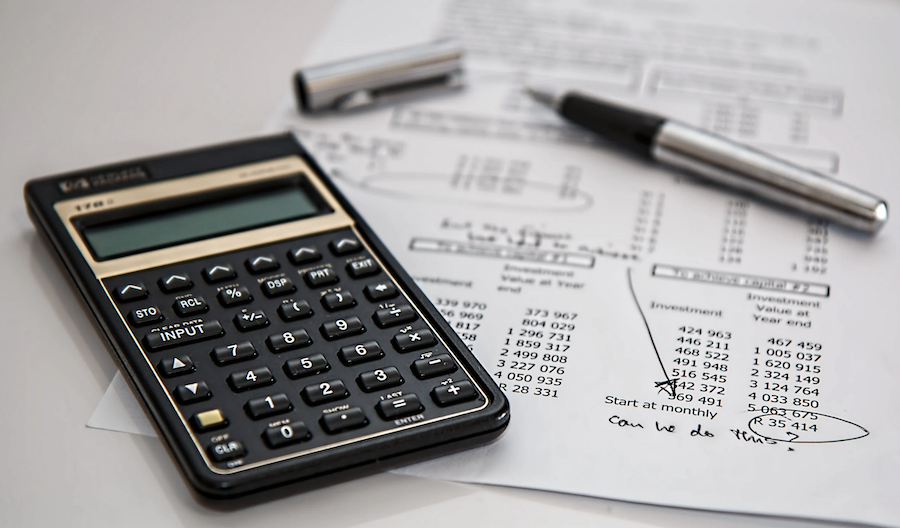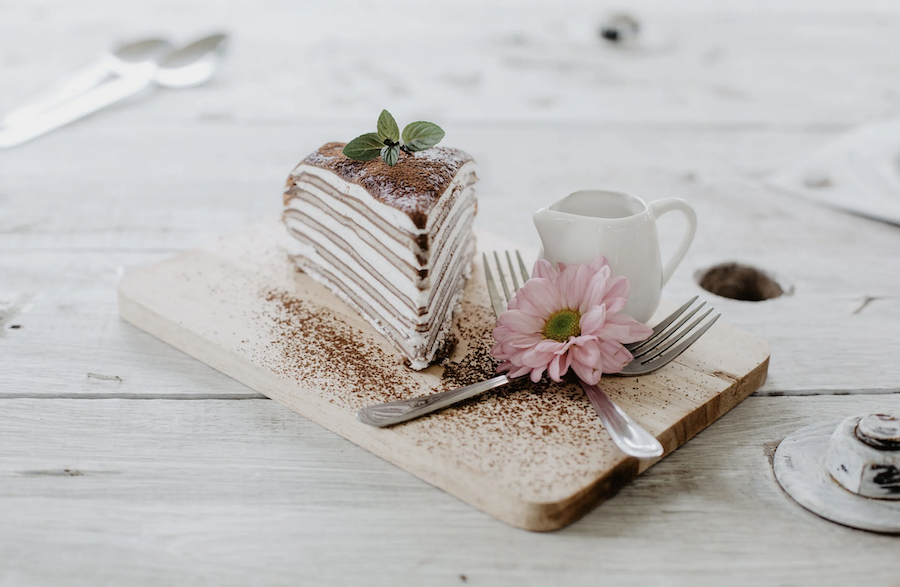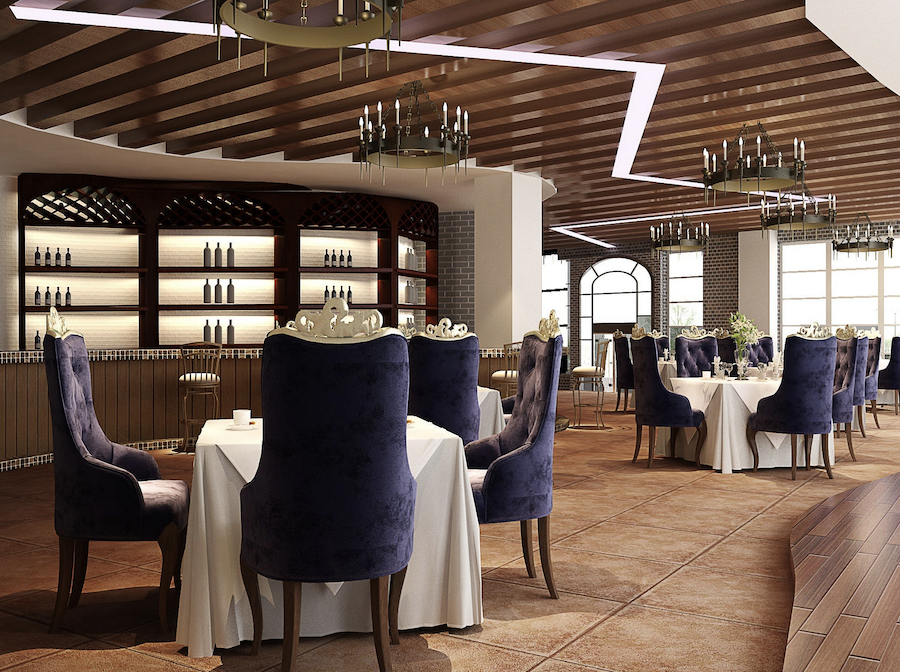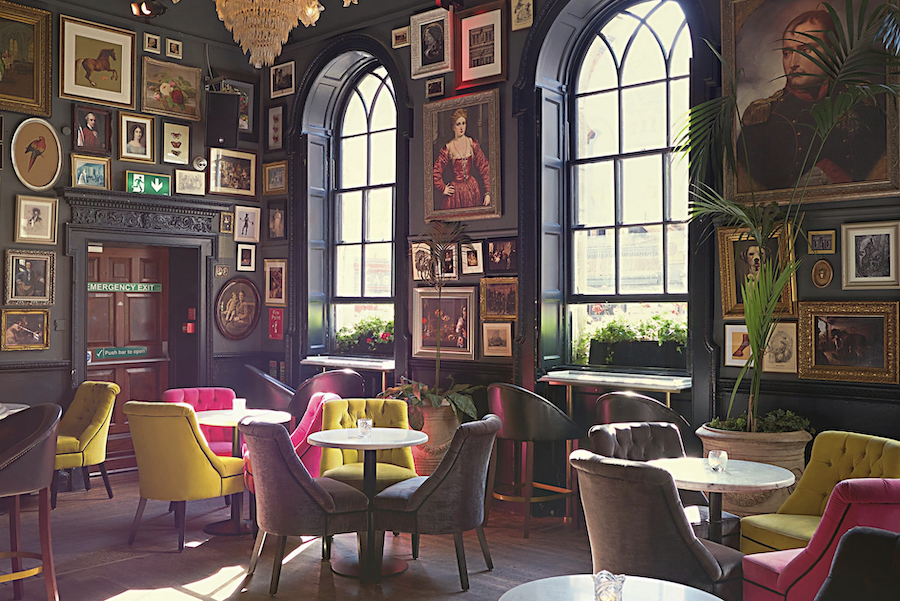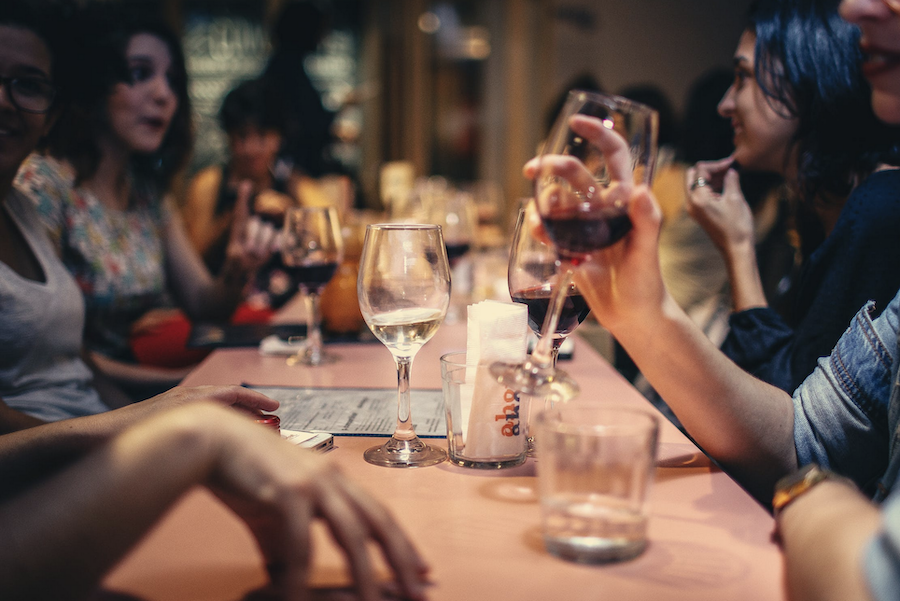10 Things to Consider When Designing Your Restaurant Floor Plan
The importance of getting your restaurant floor plan right isn’t stressed enough.
While it may not seem so self-evident, making sure that every element of your restaurant floor is properly looked into when you plan out your design can be the difference between a smooth-sailing operation and one filled with friction and inefficiencies.
On one hand, a well thought-out floor plan can lend your restaurant the right ambience and provide your guests with a memorable dining experience.
On the other—for your employees—a floor plan that is comprehensive and neatly laid out maximises their efficiency and allows them to do more in less time.
In addition, it’s all the more important to focus your efforts towards restaurant design from a legal standpoint.
Authorities—be it at the state or city level—often require you to submit a detailed restaurant floor plan and obtain a permit before you can go ahead with any construction.
In this article, we shall dive into a more comprehensive look at the different factors you ought to consider while designing and implementing your restaurant floor plan.
What exactly is a restaurant floor plan?
Restaurant floor plans are clearly outlined layouts of the design of your restaurant floor.
It maps out different spaces like the restaurant kitchen, dining room, waiting area, bar, restrooms, etc—as designated areas within the entire restaurant floor.
It offers both a functional as well as aesthetic blueprint for how your restaurant floor will be designed.
Here are 10 essential factors that you should consider as you draw out and design your restaurant floor plan:
1. Building codes and regulations
2. Layout
3. Accessibility
4. Budget
5. Restaurant brand identity and aesthetics
6. Per-customer square footage
7. Lighting
8. Detailed plans for each restaurant space
9. Emergency exits
10. Restaurant acoustics
1. Building codes and regulations
As you set out to work on your floor design, it’s ideal to have a detailed consultation with an interior designer or architect who is familiar with restaurant regulations in your local area.
Discuss strictly enforced codes that you need to comply with while also giving yourself enough room to bring the restaurant identity you envision to your floor plan.
It’s crucial to do this at the very beginning of the planning phase—since making changes to your floor design can prove to be extremely inefficient and costly later on.
It can impede restaurant operations and might even mean that you have to shut it down to do any construction work.
2. Layout
Having the right floor layout such that each area of your restaurant floor is mapped to a certain function will ensure that restaurant operations are seamless and maximally efficient.
A functional configuration provides the right interface between restaurant workers and diners, and minimises movement for better order circulation and flow.
Attention to detail is key when designing a restaurant floor plan, as it creates a smooth operational flow and an inviting atmosphere for guests.
A well-thought-out layout can enhance the dining experience and streamline service.
If you’re considering pursuing a career in design, exploring graphic design apprentice roles in London could be a great way to develop your creative skills while working on similar projects.
You can find additional examples of restaurant layout in Lightspeed’s article here.
3. Accessibility
For providing an optimal restaurant experience for all your diners—you need to consider accessibility as a factor while designing the layout of your restaurant.
Your design shouldn’t discriminate between ambulatory people and those with any disabilities.
You should provide the same level of accessibility—both for your restaurant staff as well as your diners.
The Americans With Disability passed by the Department of Justice in 1992 necessitates you to do so.
Take different areas of your floor plan—especially bar areas, restrooms, and of course your dining area—into consideration so that you’re able to provide everyone in your restaurant an accessible experience.
4. Budget
Budget is a key component of any restaurant floor planning process.
The budget that you have will determine the kind of freedom that you will have to implement your envisioned restaurant design.
Here is a ballpark figure of the kind of restaurant budgets we’ve seen based on three buckets—low, average, and high:
Low-end Restaurant Startup Cost: $175,000
Average Restaurant Startup Cost: $350,000
High-end Restaurant Startup Cost: $750,000
While these are rough estimates, they’re a good indicator of the kind of budget that you will be working with as you plan your restaurant floor design.
The type of wall layout that you have set up and the plumbing structure you have will ultimately hinge on the kind of budget that you have for these expenses.
In addition, a part of your budget will also have to go towards getting restaurant permits and any other official documentation required.
5. Restaurant brand identity and aesthetics
Once you have figured all of the above, another factor which could be just as important for your restaurant as anything else is the branding and aesthetics that you have in mind.
Ask yourself questions pertaining to how you’d want your ideal diner to perceive your restaurant—and make your restaurant floor design in keeping with this.
Are you a restaurant providing top-of-the-line ambience and does dining experience factor a lot into why people will visit your restaurant?
Or does food take the central stage and the ambience less priority?
How you answer these questions will seep into the final restaurant floor plan that you go with.
Have comprehensive consultations with your interior designer and architect about what you have imagined for your restaurant and take a balanced call between aesthetics and feasibility.
6. Per-customer square footage
Another crucial constraint that you’ll be working with is the actual size of the property for which you’re building a floor plan.
Here, you will need to think about the diner experience that you will provide and the kind of food that you will be serving.
For example—fast food joints don’t require a lot of square footage per customer whereas gourmet restaurants do.
Choose based on the style of service that you want to offer and for the kind of dining experience that you intend to provide your customers.
Here are some rough guidelines that you can work with:
- Fine dining: 18 to 20 square feet per customer
- Full-service dining: 12 to 15 square feet per customer
- Counter service: 18 to 20 square feet per customer
- Fast food dining: 11 to 14 square feet per person
7. Lighting
Lighting is crucial for the kind of ambience you want to provide to your restaurant diners.
During the planning phase of your floor layout, think about where you want to place your lighting, the kind of intensity, illumination, and colours that you want.
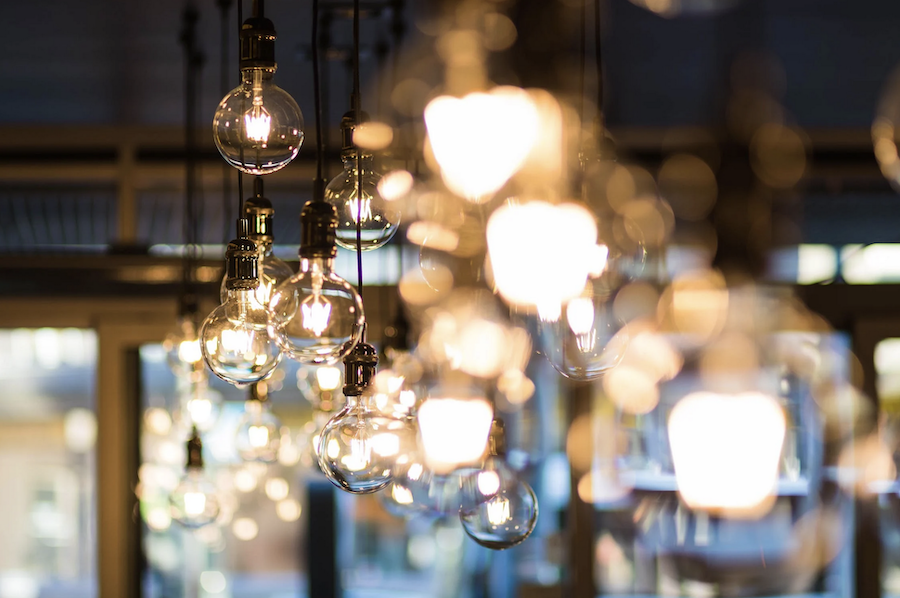
Choose lighting that is dimmable for a smoother transition from day service to night, neon or concealed lighting for highlighting certain areas of your restaurant like the bar areas or restrooms, and feature pendant lighting based if you want to add a sharper tone to the ambience.
8. Detailed plans for each restaurant space
Once you’ve decided on how your restaurant floor will be divided among the different restaurant areas—it’s essential to have a deeper look at how each restaurant space is laid out.
This would entail discussions about your kitchen area, the waiting and dining rooms, the bar area, restrooms, staff quarters, payment stations, and more.
For your non-diner facing spaces such as your kitchen and staff quarters, think more along logistical and operational lines.
As for diner-facing areas such as your main dining room, waiting area, bar, and restrooms, take the ambience and dining experience that you wish to provide as well.
9. Emergency exits
Here’s an often overlooked factor of restaurant floor planning—the emergency exit layout.
In the case of restaurant related-emergencies like fires, you need to have your restaurant floor designed such that emergency exits can be made easily and quickly for anyone within the restaurant.
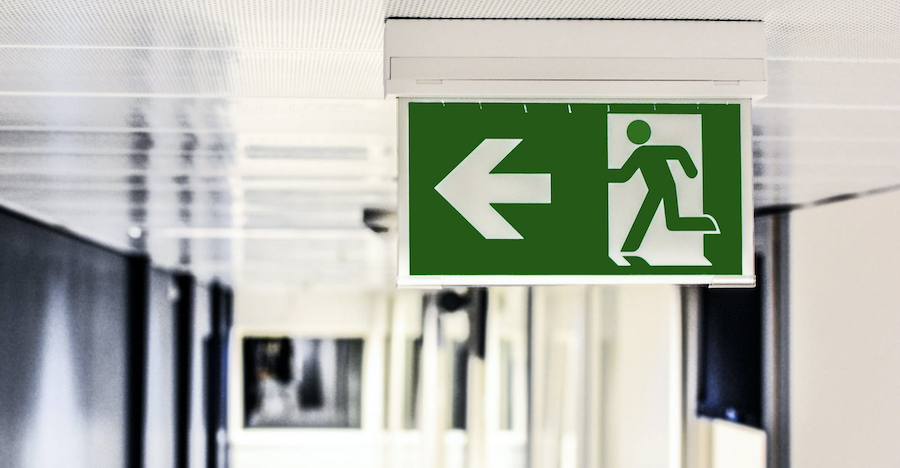
A floor plan that takes this into account in the initial design stages itself will save you a lot of trouble for when you build emergency protocols or contingency plans.
10. Restaurant acoustics
An unpleasant yet very familiar scenario that diners find themselves in?
Being amidst the drowning noise of a functioning restaurant floor nearing full-capacity.
The noise of diners moving in and out coupled with the busy operations of the kitchen can kill the mood or ambience that you’re trying to provide.
You can solve the issue of excessive noise by paying adequate attention to your restaurant’s acoustics as you design and create the floor plan.
High-ceilings, open kitchens, and bare walls cause a ton of reverberation that echo and add to the level of noise.
On the other hand, installing cushioning/acoustic panels or having a layout that has the dining area properly segregated from the back kitchen can reduce the noise levels to a great degree.
Think and plan out your floor design in detail
So that’s about it—we hope this article gave you a fairly detailed look into how you can plan your restaurant floor design and important factors to consider while coming up with your floor plan.
Again—restaurant owners tend to overlook this part—but giving it your due attention can help build efficiency and provide an ideal dining experience in keeping with your restaurant’s brand and identity.
